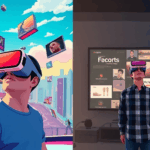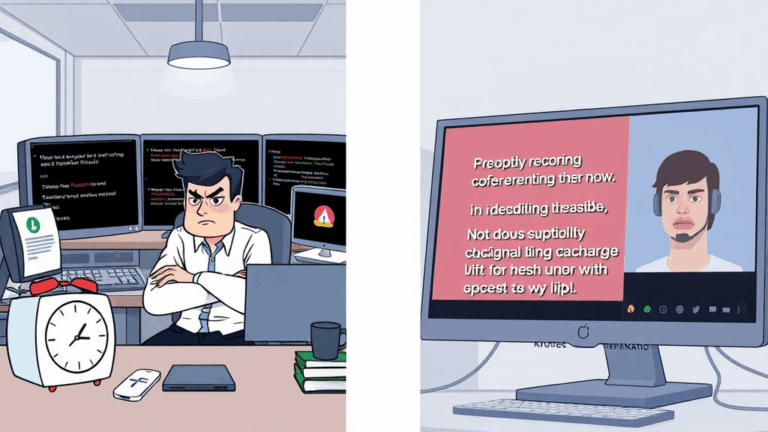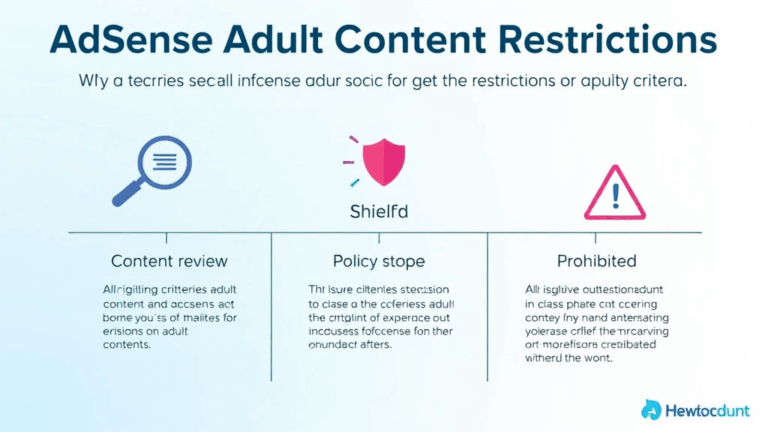What Actually Works in AR Marketing and What Just Burns Budget
Synchronous Scene Anchoring Is Still Weirdly Undocumented
If you’ve ever tried to set up a multi-user AR scene using WebXR or Unity’s AR Foundation — where multiple people see the same digital puppy sitting on the same real-world sidewalk — you might’ve hit that wall where the anchors just… drift. Not a ton. Just enough to make collaborative experiences awkward. Turns out, the syncing logic behind real-world scene anchoring depends heavily on the device’s internal SLAM history and, in many platforms, it’s not even shared or stable between app sessions.
ARKit and ARCore both try to correct this with persistent anchors and cloud world maps, but you can’t rely on that working reliably across cold boots. On one internal test at a retail client’s in-store AR campaign, two Android devices placed the same object five feet apart when loading the same campaign QR code. Literally five feet. After way too much packet sniffing and shouting, we figured out it came down to physical distance moved since the last session. ARCore quietly weights anchor placement based on device motion history — which can make demos look wildly inconsistent between new and returning users.
Reality Composer and Spark AR Have Hidden Runtime Behaviors
This one’s sneaky. If you’re building for Apple’s ecosystem with RealityKit & Reality Composer (still solid for quick demos), a few behaviors are straight-up hardcoded. For example, animations will not loop unless they were flagged in the authoring phase — and there’s no documented property to flip it at runtime inside Swift code. Same goes for collision events: if your anchor uses a face trigger, re-initializing that anchor mid-session can silently deactivate collision callbacks.
“I expected hit tests to re-run on anchor removal — they didn’t. You have to nuke the entire ARSession and rebuild.”
On Spark AR (yes, still hanging around for Instagram filters), you’ll occasionally get rejected from publishing if your script references a null SceneObject in any pathway, even if it’s unreachable. No runtime crash, just a vague failure with no UI error. You’ll find yourself deleting perfectly valid patches just to get it past the validator.
WebXR is Powerful But Untamed
There’s promise here, but WebXR development still feels like trying to solder something on a moving conveyor belt. No two Chrome versions implement the hit-test API identically — and Firefox Reality is effectively abandonware now, so you’re stuck with Chrome-based experiences or WebView wrappers (which, hilariously, still lack camera access in some default configs).
Expect the following inconsistencies:
- Mobile Chrome needs HTTPS + feature policy + two
navigator.xr.requestSession()calls to fully initialize camera + world alignment - iOS Safari doesn’t support immersive-ar, so you’re stuck polyfilling with WebKit WebARonARKit, which hasn’t been updated in years
- CSP policies occasionally block camera feeds if you don’t explicitly include
media-src 'self'andchild-src blob:in the header - Chrome DevTools will lie about XR sessions failing — silently returning null promises for invalid feature flags
I built an in-browser product placement demo for a shampoo brand (don’t ask) and it broke on precisely every customer Android device except the Pixel I used for testing. The issue? WebXR required the camera permission to be approved pre-navigation, not at the session request. So all session requests failed silently after page load. Not a single MDN doc covered that sequence.
AdTech Integrations into AR Experiences Are a UX Liability
If you interface with DoubleClick or AdSense tagging in AR environments — like those sponsored lenses or scene-interrupting overlays — expect battle damage. Most third-party ad engines assume a 2D DOM viewport, so dynamically layering your ad iframe over WebGL or canvas-based renderers (Unity WebGL builds, Babylon.js, Three.js projects) often leads to position mismatches or z-index glitches where the ad might render behind the canvas or, worse, block needed UI interactions entirely.
You technically can load Adsense in an AR lightbox, but the revenue per mille in those placements is usually garbage — and worst case, policy violations. When I tried embedding a standard AdSense responsive unit into an AR scene background using DOM layering, the click events never propagated correctly, even though pointer events were enabled. After some digging, I realized that the Three.js render surface was swallowing the pointer hooks before they reached the embedded iframe. The workaround? Absolute-positioned overlays tied to physical screen coords, decoupled from the actual AR world — which kind of defeats the point, but works under strict review conditions.
Metrics Tracking and Heatmapping Is Fundamentally Broken
Try telling a marketer that your AR campaign got a hundred thousand “viewers” and watch their eyes glaze over. Because here’s the truth: the concept of “sessions” or “views” doesn’t translate cleanly to mobile AR. Tracking systems like Google Analytics rely on screen-based DOM events — and most AR frameworks drop you into immersive canvas or native views where those aren’t even dispatched.
The best workaround I’ve found is to forward synthetic events manually at key milestones:
gtag('event', 'object_placed', {
'event_category': 'AR_Interaction',
'event_label': 'Table Lamp',
'value': 1
});
Don’t rely on visibility triggers. Anchor visibility doesn’t mean the user saw it. Especially on mobile — where some users launch but never calibrate. Also, one good hack: if you’re working with Unity’s AR Foundation, inject tracker events by casting custom UnityEvents when a trackable changes state. It’s reliable as long as you debounce during fast surface scans. But plan for ~60% of users to interact less than three seconds before bounce.
QR Onboarding Is Sloppy Unless You Handle Deep Link Edge Cases
It sounds simple: scan a QR, launch your AR experience. Reality is messier. iOS Safari’s URL bar hides after launch, but may re-appear if the AR viewer triggers orientation change. That can break visual design and UI alignment mid-session. Android opens AR experiences inconsistently between Chrome Custom Tabs and standard browser contexts depending on the QR scanning app — Samsung’s QR scanner launches the system browser, while some OEMs use embedded WebViews with incomplete JS engines.
One test case on a budget AR campaign caused full failure for over 40% of Huawei devices because their native scanner truncated the deep link parameter after the first “&”. We only caught it by comparing server-side logs for path fragments — the client-side error was totally invisible. Now I DNS-log every AR deep link launched to see if the token survives round trip.
Why 3D Asset Complexity Impacts Load, But Not How You’d Expect
We know polycount matters. But after months profiling load times across dozens of campaigns, I noticed something unexpected: texture compression schemes have a bigger impact on AR load performance than raw geometry. For instance, a 5MB glb file with embedded Draco-compressed geometry and .ktx2 textures loads faster than a 3MB model using .jpg textures and no mesh compression on Android Chrome.
One test buried me: a well-optimized perfume bottle model caused a five-second blank load screen. Turned out the embedded texture had a hidden ICC color profile that spiked processing times on WebGL contexts — not flagged anywhere. I stripped it using ImageMagick convert filename.jpg -strip, and boom — instant load. None of the Unity import inspectors, nor even glTF Validator, caught that.
If you use glTF or USDZ pipelines, test exported sizes after upload. Some CDNs (hello, Akamai) auto-infer MIME type from extensions and may apply gzip at the wrong layer, breaking streaming prefetch logic in Chrome.
Cloud Anchors Expire Silently Unless Refreshed Inside TTL
ARCore Cloud Anchors and ARKit Shared WorldMaps do one very frustrating thing in common: they expire without notice. You may be able to publish an anchor today, share it to a new session tomorrow, and assume all’s good — only to find a blank experience a week later.
The TTLs (time to live) are documented somewhere, but buried. One undocumented edge: refreshing a near-expired anchor with a new session already in view of the anchor delays expiry. But if you only request the anchor metadata (e.g. fetching ID but not resolving full world map), the TTL does not reset.
Sneaky edge cases with anchors:
- Anchor expires mid-interaction — user sees it vanish with no context
- Anchor never resolves on poor lighting or surface mismatch — but no fallback event is triggered
- Unity silently reverts to session origin if cloud anchor fails, making it look like objects still exist but in wrong position
- App review tools can’t preview expired anchors; you must sideload fresh builds with new IDs
I built an indoor navigation test using Cloud Anchors that failed a week after launch. We only noticed after a user recorded their session and sent a screen cap: everything was subtly shifted four feet east. Turns out, the anchor expired the day prior, and the fallback dropped to local SLAM alignment with zero logs in release builds.












